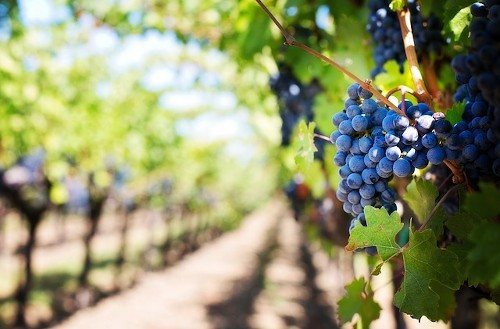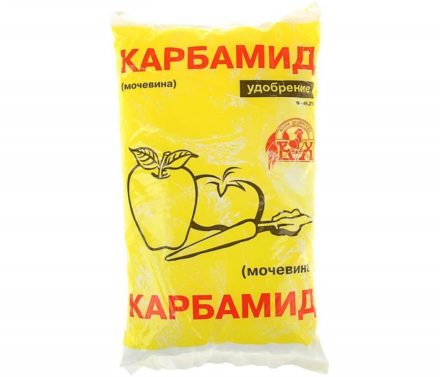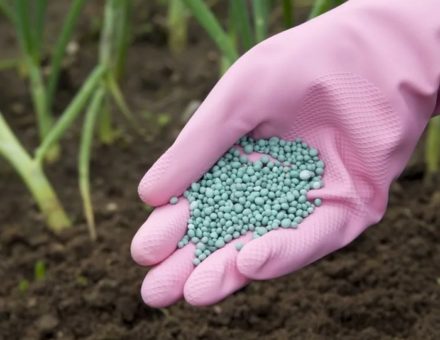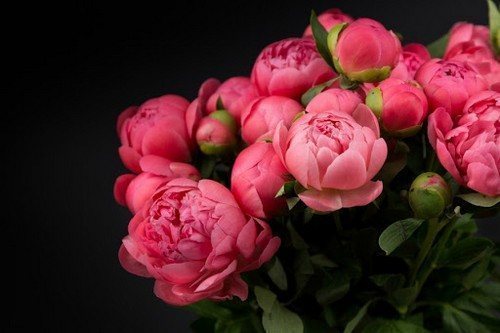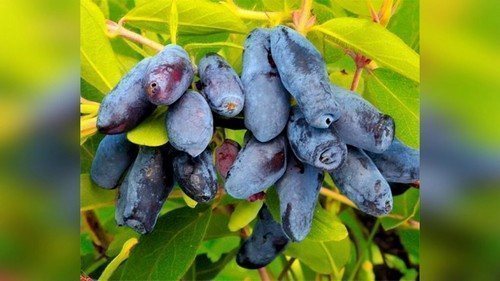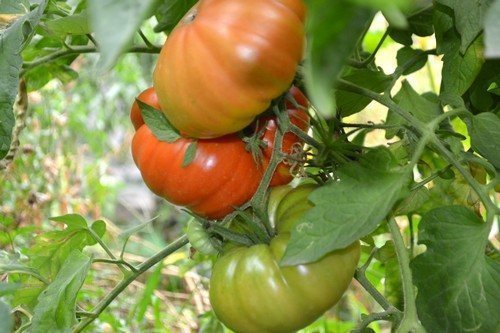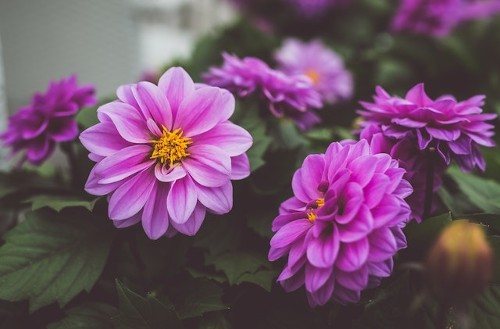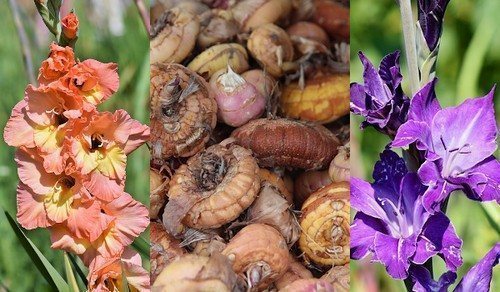The rose, as you know, is the queen among flowers. And as if to confirm its thousand-year-old glory, this plant requires appropriate careful care. One of the most important steps of which can be called spring feeding. It should be carried out in accordance with a number of rules, and it is also useful to know what effective remedies you can prepare yourself.

Elements necessary for roses
Not only roses, but also all other decorative flowers, first of all, need three main minerals:
- nitrogen - the lion's share of it is consumed by plants at the very beginning of spring, when shoots grow intensively and leaf mass forms in abundance. It is recommended to add it in the form of ammonium nitrate, carbamide (urea);
- potassium - develops resistance to diseases, helps accumulate sugars, on which frost resistance depends, and also normalizes the water balance of the plant and increases its adaptability to hot weather and drought. Ideally, it should be added as potassium magnesium, potassium sulfate;
- phosphorus - enhances root growth and helps shoots ripen earlier, necessary for laying many buds and long-term flowering. The best choices for its application are ammophosphate, ordinary and double superphosphate.
In addition, in smaller quantities, roses should receive each spring-summer season:
- calcium — promotes deeper penetration of roots into the soil, has a positive effect on the production of coloring pigments of flowers;
- magnesium — is necessary for the correct distribution of incoming nutrients during the budding period of the plant, stimulates the synthesis of chlorophyll;
- sulfur — reduces the risk of fungal infections in the soil, helps to absorb organic fertilizers from it.
Zinc, copper, manganese and iron also play a significant role in the well-being of roses.
To simplify the care of the flower bed and not to miscalculate with the required volumes of minerals, rose lovers are advised, if possible, to purchase ready-made store mixtures intended for these plants. You need to choose those that are distinguished by a long period of "decay", because any flowers respond better to fertilizers that they receive not quickly, but smoothly, over several days or even weeks. Azofoska in spring: features of fertilizer application
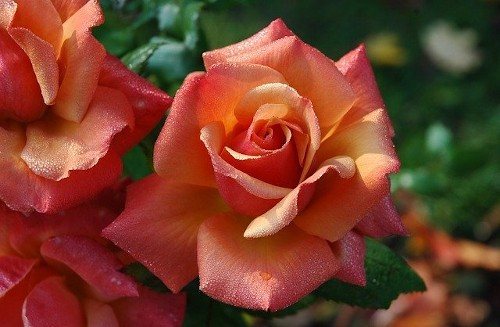
"Spoiled" by the care of the garden owners, roses receive three main feedings during the spring period:
- The first - soon after pruning, approximately at the end of April, when the air warms up to +10 °C and the leaf buds begin to swell. And, as already mentioned, the emphasis should be on nitrogen;
The second - 1 week after the first, simultaneously with the hatching of leaves - and again, nitrogen is most important;
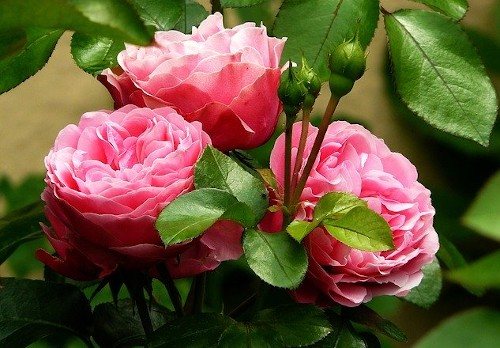
Also, 1 week after the second feeding and at intervals of 4 weeks, you can begin seasonal regular application of organic fertilizers.calcium - promotes deeper penetration of roots into the soil, has a positive effect on the production of coloring pigments of flowers;
magnesium - is necessary so that during the plant budding period incoming nutrients are properly distributed, stimulates the synthesis of chlorophyll;
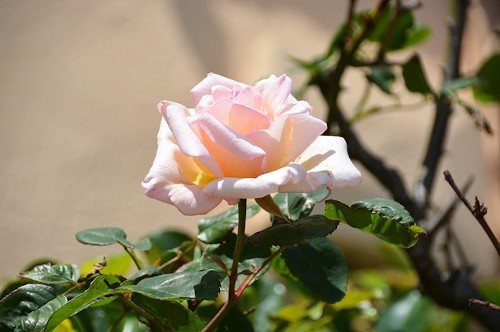
sulfur - reduces the risk of fungal infections in the soil, helps to absorb organic fertilizers from it.
Zinc, copper, manganese and iron also play a significant role in the well-being of roses.
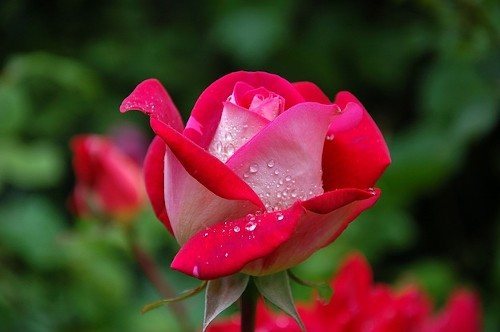
To simplify caring for the flower garden and not to miscalculate the required amounts of minerals, rose fans are recommended, whenever possible, to purchase ready-made store-bought mixtures intended for these plants. You need to choose those that have a long period of “decay”, because any flowers respond better to fertilizers that they receive not quickly, but gradually, over several days or even weeks.
Azofoska in spring: features of fertilizer application
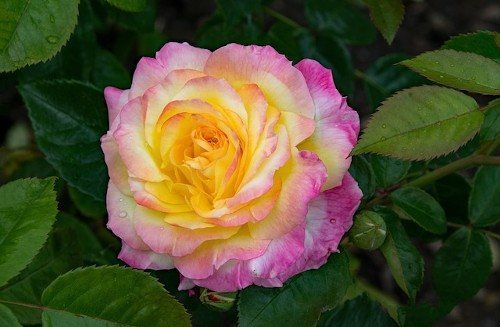
Roses, “spoiled” by the care of the garden owners, receive three main feedings in the spring:
the first - soon after pruning, around the end of April, when the air warms up to +10 °C and the leaf buds begin to swell. And, as already mentioned, the emphasis should be on nitrogen;
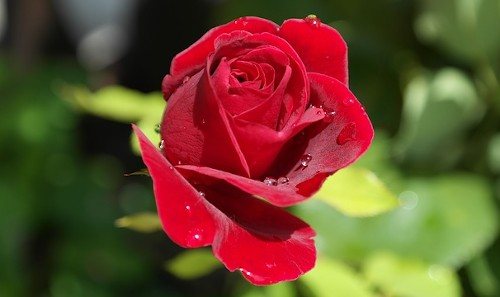
the second - 1 week after the first, simultaneously with the leaves pipping - and again nitrogen is most important;
the third is carried out after another 2 weeks, when budding is just beginning, but now nitrogen is reduced to a minimum, focusing on potassium and phosphorus.
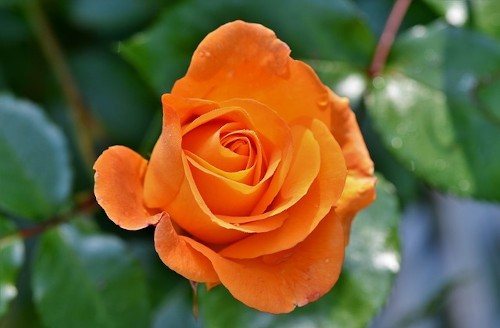
In addition, between the three main root foods for roses, foliar sprays can be helpful. They are recommended for plants weakened by harsh winters, as well as for springs, when cold rains often occur, leaching mineral elements from the ground.
Features of using ammonium sulfate in the spring in the garden
Plus, all varieties of roses react positively to spraying during the budding period. For this procedure, a solution is prepared from potassium nitrate and superphosphate.
Traditional fertilizer recipes
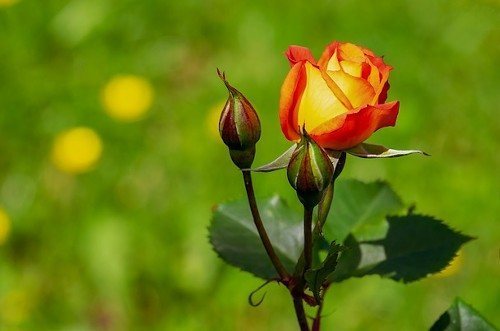
Do not underestimate organic fertilizers - unlike “pure” mineral fertilizers, they are almost incapable of harming roses in case of overdose, and also supply flowers with such essential substances as organic acids, phytoncides and much more. It is also recommended to focus on environmentally friendly organics if you want to grow edible roses, the petals of which can be used to make jam, candy, and decorate fruit salads.



